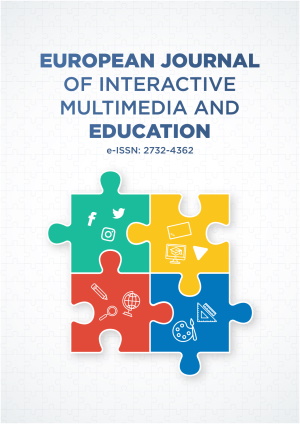Abstract
The dwindling interest and perceived difficulty experienced by science students in learning physics at the senior high school level of education in Ghana speak to the need for the creation of authentic instructional platforms that promote enhanced learning as well as motivate students’ interest in physics. This study used an explanatory case study design to examine the affordances of Physics Education Technology simulations (PhETs) as an instructional tool with the intent to explain how enhanced students’ learning of physics concepts with simulations through implementation processes are possible in the context of Ghana. Nine pre-service physics teachers were engaged as learners to mimic the role of senior high school science students in witnessing simulation-based physics lessons. Questionnaires, pre- and post-tests and focus group interviews were the data sources employed in this study. The results showed that the learners’ learning enhanced with the use of PhETs because their learning outcomes improved and also, they had positive experiences with the simulations. Consequently, the study advocates that enhanced learning of concepts in physics with simulations are possible through interactive implementation processes that are exploratory and demonstrative in nature and context-sensitive.
License
This is an open access article distributed under the Creative Commons Attribution License which permits unrestricted use, distribution, and reproduction in any medium, provided the original work is properly cited.
Article Type: Research Article
EUR J INTERACT MULTIMED ED, Volume 2, Issue 2, July 2021, Article No: e02111
https://doi.org/10.30935/ejimed/11259
Publication date: 06 Oct 2021
Article Views: 4022
Article Downloads: 5752
Open Access References How to cite this article
 Full Text (PDF)
Full Text (PDF)